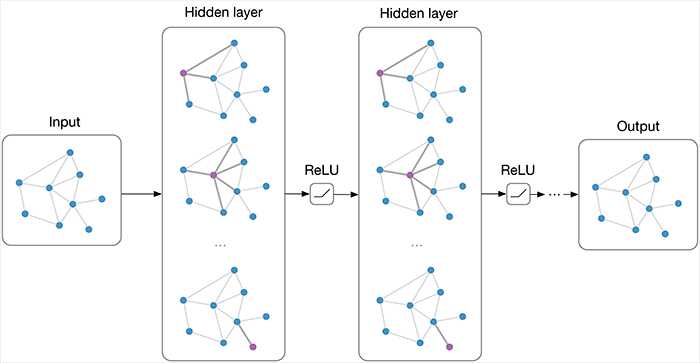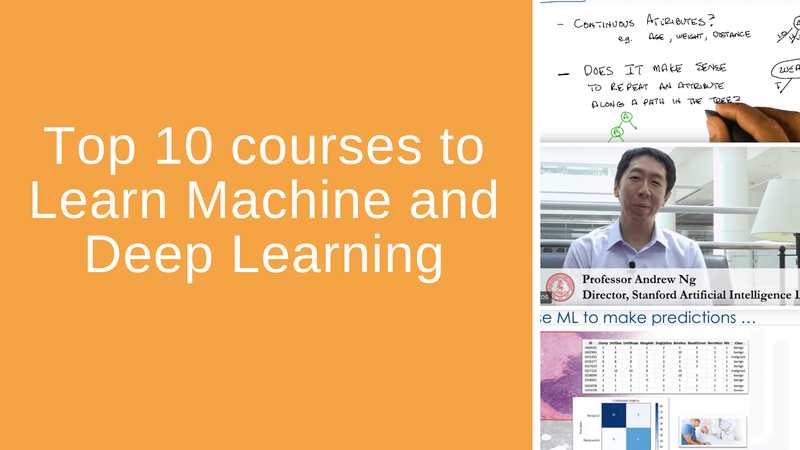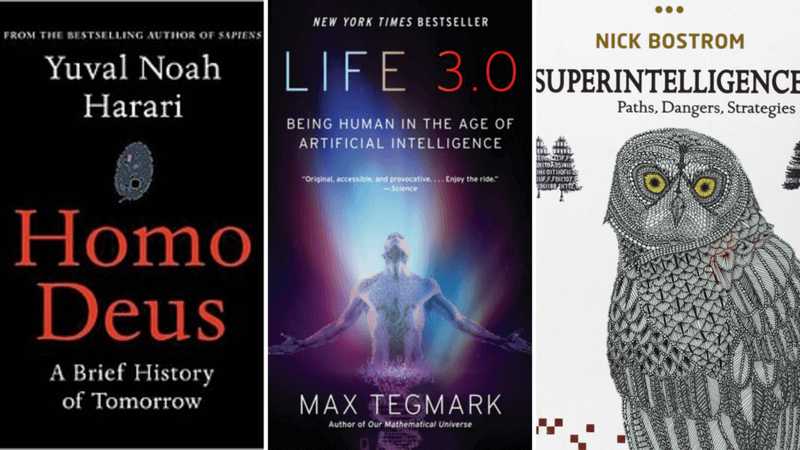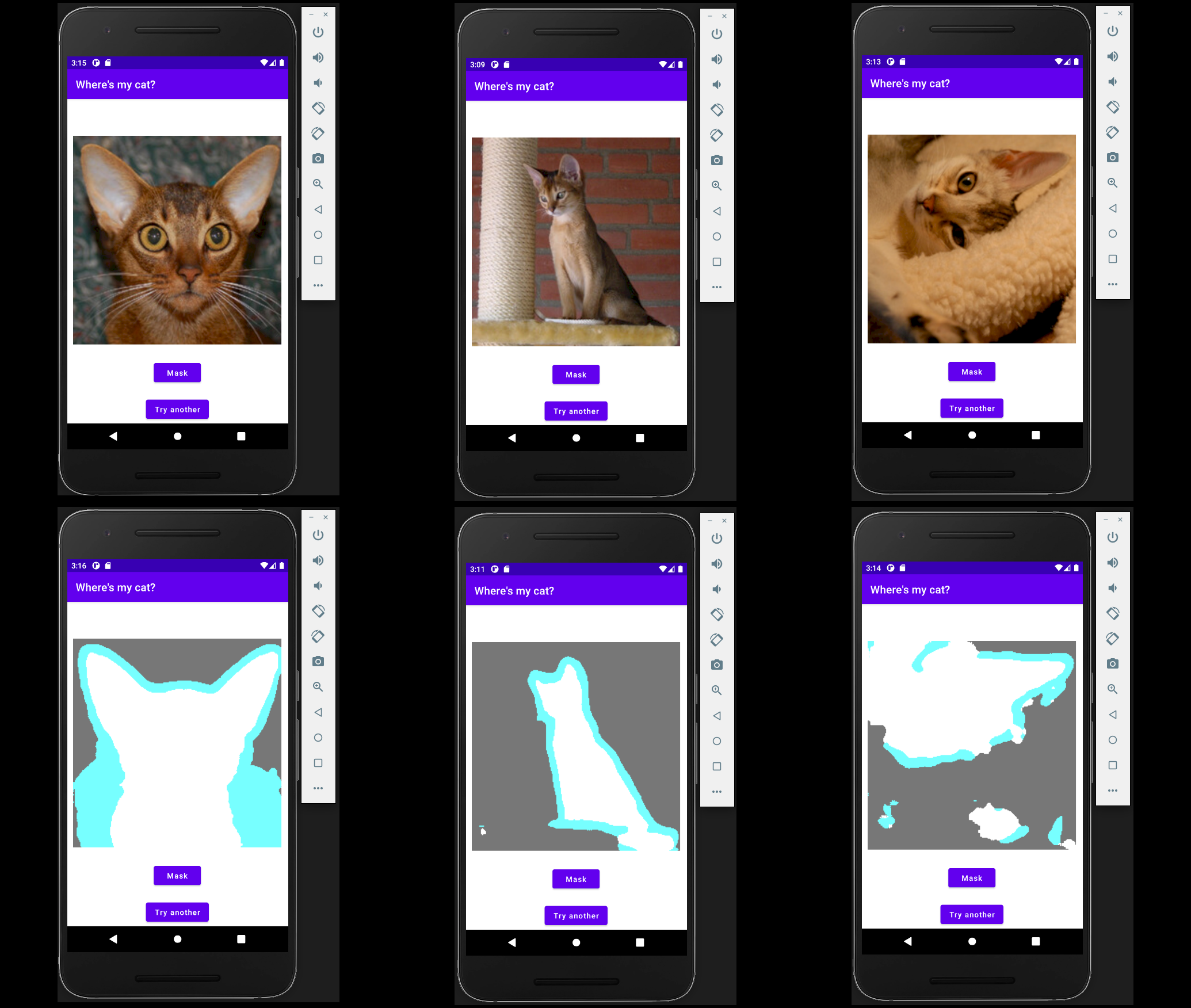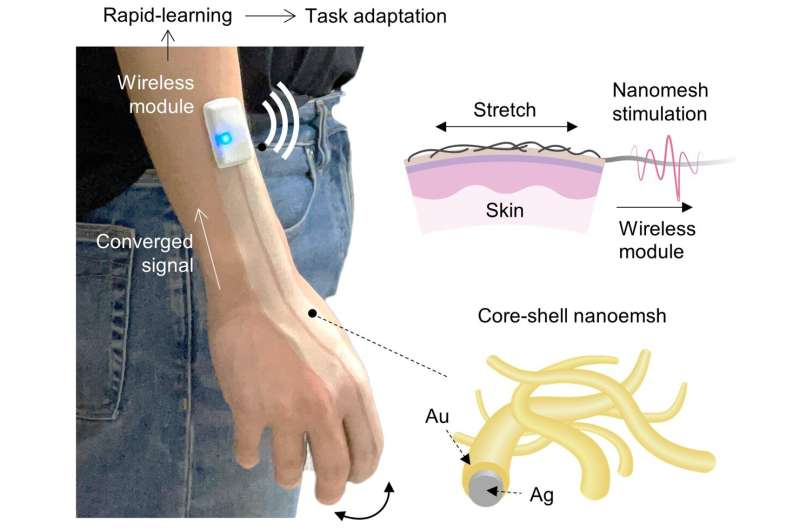Agentic AI vs Traditional AI: Why Businesses Are Making the Shift in 2025
Of artificial intelligence as a catalyst for digital transformation between the last decade and now. From automating customer service to optimizing supply chains, AI has penetrated almost every business function; yet as the global market continues to diversify and dynamite, a new breed of AI is emerging called Agentic AI....Read more » The post Agentic AI vs Traditional AI: Why Businesses Are Making the Shift in 2025 appeared first on Big Data Analytics News.

Of artificial intelligence as a catalyst for digital transformation between the last decade and now. From automating customer service to optimizing supply chains, AI has penetrated almost every business function; yet as the global market continues to diversify and dynamite, a new breed of AI is emerging called Agentic AI. Instead of coming under the aegis of direct input from humans and rule-bound execution, Agentic AI brings autonomy, adaptability, and proactive intelligence into play. Businesses now rapidly align themselves with Agentic AI systems as those years come closer to 2025, to compete more vigorously, improve efficiency and capture new streams of revenue.
In this blog, we shall discuss what differentiates between Agentic AI and traditional AI, why this shift is speeding up this year, and how forward-thinking organizations are leveraging platforms like Newton AI Tech to lead the transformation.
What Is Agentic AI?
Agentic AI refers to AI systems that function as autonomous agents exercising decision-making authority to establish a goal and act toward its realized attainment. They differ from passive AI models in that agentic AI is proactive and shows greater independence. Agentic AI systems have autonomy in terms of environment interaction, experiential learning, adaptively to changing situations, and the execution of complex tasks with minimal or no human intervention.
The notion of Agency for AI finds its source in cognitive science and philosophy, where the “agent” is defined as an entity that perceives its environment, reasons about it, and takes deliberate actions to cause changes. This means designing systems that can plan and make decisions independently or in collaboration with other agents or humans. Agentic AIs usually are mixed up with techniques from ML, RL, and, in some cases, symbolic reasoning to model decision-making and goal-oriented behaviour.
The commonest instances of agentic AI appear mostly in robotics: the autonomous delivery drone flying through the city, dodging obstacles while updating its routes and making deliveries based on real-time information; these all show agentic behaviour. In software, agentic AI would be the implementation of creating ad-hoc workflows, scheduling tasks, or optimizing operations within commercial environments.
One of the major characteristics that set agentic AI apart from others is the focus on the indirect realization of long-term goals.
Traditional AI: Strengths and Limitations
The traditional type of AI is typically a “narrow,” or “weak” AI, which refers to a certain category of systems built to carry out certain tasks using a limited set of predefined rules, data, and algorithms. Such systems perform excellently in structured environments where assignments were clear-cut and easily repetitive and well-defined tasks. Nevertheless, traditional AI has some certain limitations that prevent it from being more useful at handling more complex, dynamic, or abstract tasks.
Strengths of Traditional AI
1. Task Specialization: On the other hand, traditional AI excels at addressing specific tasks. For example, AI such as spam filters, recommendation engines, and image recognition have been able to do things that a human would generally not be able to achieve, such as processing a large pile of information and making the same decisions quicker and more accurately than a human. Indeed, they are great specialists in narrowly defined fields.
2. Efficiency: They may autonomously perform repetitive activities and maximize jobs without human engagement. Traditional artificial intelligence applications help generate efficiency in sectors like manufacturing, logistics, and customer services by reducing human error, reducing downtime, and speeding up workflows.
3. Predictability and Control: Traditional AI behaves predictably because it is acting on well-defined algorithms and data sets. That predictability is essential in situations where it is mainly concerned with transparency, reliability, and safety. In financial services, for example, AI algorithms can predict or detect patterns of fraud in the market with a high degree of certainty when trained on this data.
4. Data-Driven Decision-Making: Traditional AI thrives in environments that need data-driven decisions. With the help of historical data, these systems indicate what would most likely be the next scenario.
Limitations of Traditional AI
1. Lack of Generalization: Lack of adaptability is a characteristic of traditional artificial intelligence since it is designed to solve only one specific problem. It does not acquire the capacity to carry out tasks or functions beyond its training data-as human intelligence can, being flexible on various contexts, but unlike traditional AI, which cannot go beyond the tasks for which it was designed. For example, a chatbot made for answering customer service questions will not be able to play chess unless it is programmed for that purpose.
2. Dependence on Data: The functionality of traditional AI systems relies heavily on massive amounts of quality data. If the data source is biased, incomplete, or inaccurate, the AI suffers, and finally, a lot of false rules can be included in AI systems when the situations are new to training data.
3. Lack of Adaptability: Traditional AI does not learn and adapt in real time without having to reprogram or retrain. Changed conditions (e.g., new customer behaviors are coming up), they fail to adjust unlike other advanced systems that keep learning.
4. Limited Reasoning and Creativity: Typically, traditional artificial intelligence comprises algorithms following set predefined rules meaning its reasoning and creative problem solving is not similar to humans. Pattern identification is possible but inference may prove confusing when the provided information is sometimes incomplete or ambiguous.
5. Ethical and Bias Concerns: Conventional AI techniques, having learned from historical datasets, often reflect the biases contained in those datasets. Such bias may lead to unethical results in areas ranging from employment to criminal justice and lending. Also, most traditional AI systems seem to work as “black boxes:” Difficult underpinnings for their decisions would make it complex to establish fairness and transparency around these systems.
Agentic AI vs Traditional AI: A Side-by-Side Comparison
Decision-Making
AI’s conventional modus operandi is largely rule-based or data-driven in that decisions are made based on prior data processed through algorithms. These agents react to stimuli according to a series of rules; by way of this predictability and transparency, their actions are somewhat controlled. For example, in a recommendation system, Traditional AI analyzes user input data to suggest products, but it cannot go beyond that scope.
In contrast, Agentic AI is autonomous and, therefore, goal-oriented. It independently makes decisions, sets its goals, and changes its behaviour according to the environment, based on feedback. This ability to actively look for even at times near-random information and adapt to changes places agentic AI in a more flexible position in the sense that it can work on problems that require a dynamic approach. A good example is a self-driving car, in which AI modifies its behaviour based on road conditions, obstacle placement, and traffic.
Learning and Adaptability
Traditional AI’s learning capabilities are often limited to the training data it has been built on. The presence of new data or changed circumstances requires either retraining or manual tweaks to meet the new modes of requirements imposed by changing times. Thus we can say that, if it goes outside the parameters set by its training data, traditional AI would find it quite hard to tackle new problems. The learning process is quite rigid, requiring human interference to actively update the system.
Agentic AI, on the contrary, is a system created for ongoing learning. It is able to adapt to new situations and learn through interactions with its environment over time. Reinforcement learning, for instance, can provide the ability for agentic AI to update its strategy using real-time experience. This self-updating feature of agentic AI essentially makes it more adaptable in responding to dynamically changing tasks with little human supervision.
Task Specialization
It is within a well-defined specialized task that traditional forms of AI shine. Performances of such tasks that are known to function well even under the least favourable conditions is, in fact, the backbone of AI development. These include the tasks of classifying images, filtering spam emails, or performing some simple data-driven predictions. Accordingly, the major limiting aspect about traditional AI is that it does not easily transfer its skills to other problems outside the area for which it was specifically designed.
On the contrary, agentic AI focuses instead on larger complex tasks. It is not able to perform solely in one function; upon basis then, it is agentic AI of multiple task performance according to more particular goals. For example, an agentic AI robot could perform maintenance tasks, learn new repair skills, adapt to changes in its work environment, and use those capabilities toward the greater goal of increasing efficiency or safety.
Flexibility and Generalization
Traditional AI systems are strictly specialized; therefore, they are not very flexible. They are built to perform in specific situations, and once those situations vary, their performance declines. For instance, an AI designed to play chess does not solve math problems without massive reprogramming or retraining efforts.
Agentic AI is somewhat flexible. Agentic AI is built to adapt, and it can generalize across different tasks and environments. Such adaptability allows agentic AI to transfer its learned experiences from one task to another and perform tasks other than those designed during training. For example, agentic AI could learn an assortment of logistics tasks like routing deliveries, processing customer inquiries, and optimizing inventory while continuously improving itself.
Autonomy
Traditional AI are models where a lot of human effort is put into developing and training the model, which uses a simple rule-based logic. It requires human supervision in case a task needs to be turned into automation, one must tell the AI how to do it, to execute it repeatedly, and at times adapt it based on new inputs. Hence it fits well in an accurate or repetitive task but fails on bright tasks where the conditions keep changing.
On the contrary, an agentic AI operates at a far greater level of independence and can define goals, pursue them, and change its activities, based on what is happening in real-time-no interference or constant nudge from a human. Thus, agentic AI becomes very useful in activities like production lines or in the fast-changing business environment, where the strategy needs to be sometimes changed as per the latest realities.
Use Cases
Used in the clear-cut and established non-flexible task of Traditional AI. This will be around recommendation systems, customer service chatbots, fraud detection in banks, and basic predictive analytics. Since these tasks are frequented by precise, consistent, and efficient traditional AI.
However, agentic AI will consist of much more complicated and dynamic environments. It will need autonomy, adaptability, and even long-term planning. These may include self-driving cars, sophisticated or advanced robotics, highly intelligent virtual assistants, and AI systems designed for personalized healthcare. All these systems need to adapt to the arrival of new information and continuously evolve strategies toward achieving the desired goals set in a changing environment.
Ethical and Safety Concerns
Because traditional AI is more systematic and predictable in its functioning, it is typically seen as posing fewer risks of unexpected behaviour. Oddly yet, ethical issues are raised-more for concerns such as algorithmic bias, data privacy, and lack of transparency in decision-making processes.
Agentic AI is more power and manoeuvring capabilities give more ethical and safety challenges. Autonomy and the capacity to act unobserved by the human eye render it capable of unpredictable behaviours if not designed and monitored. Alignment of agentic AI systems with human values and prevention of harmful or unintended actions is one major challenge in the development of such systems.
Development Complexity
The creation of traditional AI proves to be a lot simpler and less resource-hungry. After training and testing an AI model, only minor updates are required when deploying it in diverse environments. Its applications can easily be scaled and more predictable environments.
On the contrary, agentic AI is much more complex to develop. Its self-improvement and continuous-learning nature imply the need for meticulous design and monitoring to ensure that it remains safe and effective. Its perpetual need for training and adaptation also makes it resource-intensive and complicated regarding maintenance. The ability to act independently calls for very careful implementation of safety measures to avert any harmful cases.
Why the Shift to Agentic AI in 2025?
1. Need for Greater Agility
Today’s business realities are characterized by unprecedented changes such as economic uncertainties, fluctuating customer preferences, and an increasing amount of competition. Static AI systems can hardly cope with this kind of rhythm. Agentic AI points to agility by enabling one to adapt in real-time, proactively respond, and re-strategize as required.
2. Rising Labor Costs and Skill Gaps
Companies, with the rising global labor shortage and costs, have started to identify Agentic AI as a really scalable alternative. These systems can perform as autonomous digital employees, relieving large human teams of workloads without compromising quality.
3. Demand for Personalization at Scale
Today’s consumers expect blazing personalized. Agentic AI analyzes customer behaviour instantly and accurate terms like unimpeachable detection while matching and shaping offers and services. By contrast, traditional AI encounters significant reprogramming difficulties to achieve similar results.
4. Complex, Multi-Step Workflows
From lead generation to on boarding, many business workflows are really involved and contain multiple stages and numerous decision points. Such workflows can freely be planned and executed by Agentic AI unassisted while redirecting human teams toward substantial tasks.
5. Advancements in Multi-Agent Systems
Intends to transform multi-agent collaboration, achieved for delivering seamless task coordination between several Agentic AIs where the combination of this opens use cases around project management, enterprise operations, and logistics that were once perceived as complex to be captured through traditional AI.
Use Cases of Agentic AI in Business
Let’s look at real-world applications where Agentic AI is outperforming traditional systems:
1. Agentic Customer Support
Agentic AI doesn’t just respond to queries, it infers where a customer feels agitated it anticipates their needs and solves problems without any input from the person. It follows up with customers, escalates issues as necessary, and upsells without the need for a human operator—forming a complete digital support agent.
2. AI-Powered Corporate Training
Agentic AI is redefining employee learning and skills development for organizations. Systems can now develop customized learning pathways, dynamically track individual progress, and evolve training courses into something far more advanced than a static e-learning platform.
3. Sales and Lead Qualification
Identify high-intent leads to send personalized emails and schedule demos-all fully automated without human intervention. This kind of automation not only speeds up the sales cycle but also creates more pipelines.
4. Strategic Decision Support
Agentic AI is what executives are now using as smart advisors in their teams. These systems can scan the risk levels, simulate potential scenarios, and then give optimal recommendations- fundamentally changing how the C-suite thinks about data-driven decisions.
Challenges of Implementing Agentic AI
While the potential is huge, transitioning to Agentic AI comes with challenges:
1. Data Readiness
Agencies mainly depend on real-time high-quality data; therefore, corporations need to create the appropriate data infrastructure along with the required API and governance models.
2. Change Management
To introduce autonomous systems, an organization’s culture will have to change. There must be belief in Agentic AI by employees, and they must know how it works. This would require training, transparency, and clear communication.
3. Security and Ethics
The autonomous systems should be monitored carefully to ensure that they will legally and ethically operate. This means solid audit trails as well as oversight.
Newton AI Tech: Pioneering Agentic AI Adoption
As businesses explore the shift from traditional to Agentic AI, Newton AI Tech stands out as a trusted partner in implementation. Specializing in Agentic AI platforms tailored for enterprise applications, Newton AI Tech empowers organizations to automate complex workflows, personalize customer engagement, and unlock real-time decision intelligence.
With solutions built for sectors like finance, healthcare, retail, and manufacturing, Newton AI Tech enables businesses to:
- Deploy intelligent agents with minimal setup
- Integrate seamlessly with existing systems
- Monitor and manage autonomous behavior through intuitive dashboards
- Ensure compliance with robust security and governance layers
By prioritizing scalability, transparency, and performance, Newton AI Tech is helping organizations make the leap to Agentic AI without compromising control or quality.
Final Thoughts: Why Agentic AI Is the Future of Enterprise Intelligence
The year 2025 marks the beginning of a possible transformation with regard to the adoption of intelligent agents instead of the traditional systems that will still be in place to address specific needs. These agents do think, learn, and act on themselves-the future changes it all. Describe in such a way as we have learned in this blog that Agentic AI does:
- Entails real autonomy and initiative
- Real-time dynamic decision-making
- Human-like understanding of context
- Seamlessly scalable across operations
Thus, becoming a reality for the businesses which hurriedly pace with the fast-moving time- Agentic AI being futuristic is now a strategy. Dreams represented in platforms like Newton AI Tech are helping transform what firms believe isn’t possible. From intelligent sales agents to self-directed corporate trainers, Agentic AI is changing operations-it is redefining work.
The post Agentic AI vs Traditional AI: Why Businesses Are Making the Shift in 2025 appeared first on Big Data Analytics News.





























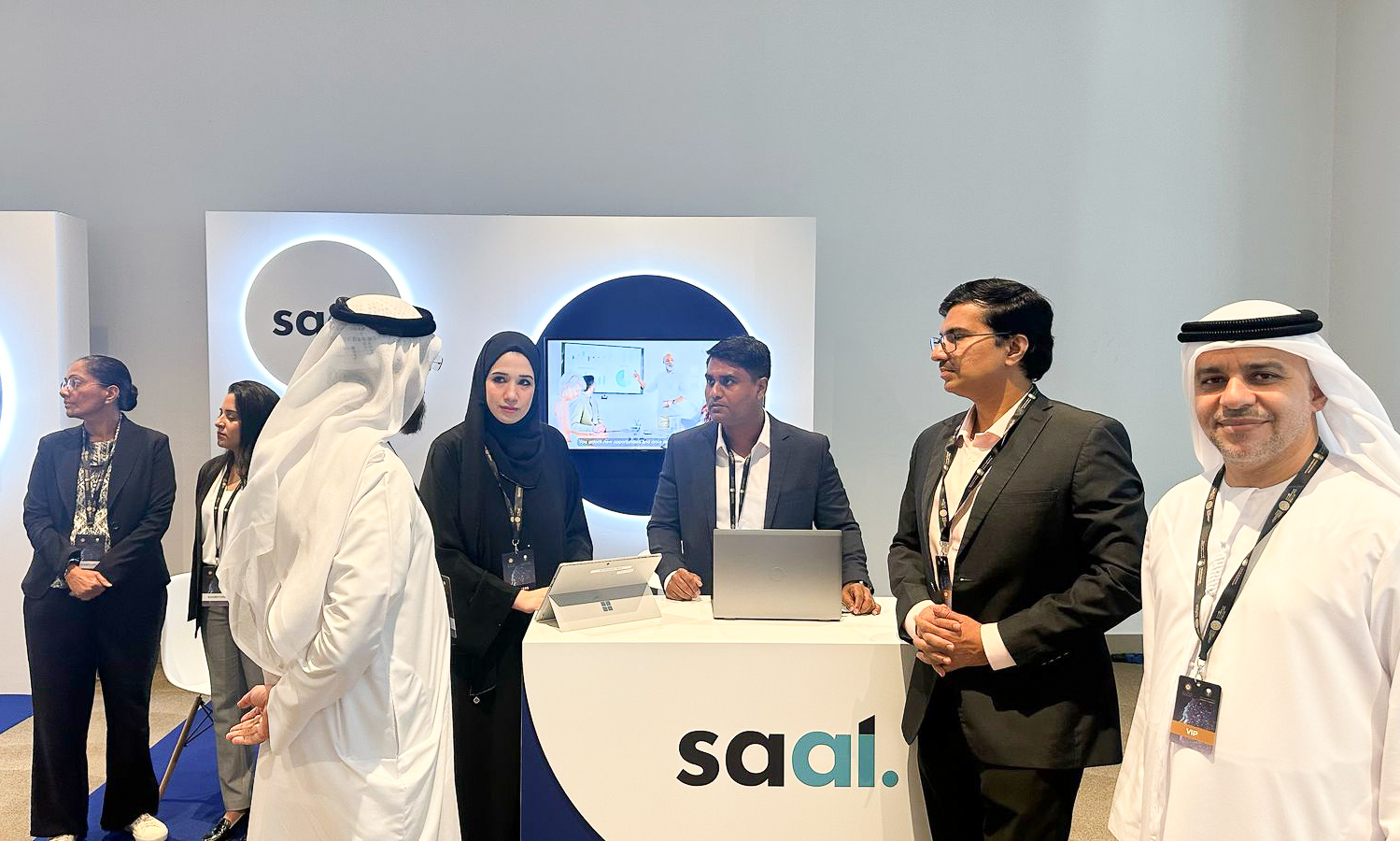












![[The AI Show Episode 145]: OpenAI Releases o3 and o4-mini, AI Is Causing “Quiet Layoffs,” Executive Order on Youth AI Education & GPT-4o’s Controversial Update](https://www.marketingaiinstitute.com/hubfs/ep%20145%20cover.png)




















